We review the vivo V23 5G, launched in the Philippines a couple of weeks ago. The device has a fancy new design ethos and powered-up hardware to boot, but does the color-changing beauty run skin deep? Read more to find out our verdict.
vivo V23 5G specs:
- 6.44-inch FHD+ AMOLED display, 2400 x 1080px
HDR10+, Schott Xensation Up protection - MediaTek Dimensity 920 5G SoC
- 12GB RAM (with 4GB extended RAM)
- 256GB storage
- Triple-rear cameras:
64MP f/1.89
8MP f/2.2 ultrawide
2MP f/2.4 macro - 50MP f/2.0 + 8MP f/2.28 ultrawide front cameras w/ LED flash
- 5G, 4G LTE Dual-SIM
- WiFi, Bluetooth 5.2, GPS, A-GPS, BEIDOU, GLONASS, GALILEO, QZSS, NavIC
- USB-C, in-display Fingerprint scanner
- Funtouch OS 12 (Android 12)
- 4,200mAh battery
44W fast charging - Colors: Stardust Black, Sunshine Gold
Unboxing the device we got from vivo Philippines contained the essentials: the phone itself, a USB Type-C cord, documents for manual and warranty, a SIM tray ejector pin, a clear TPU case, and the 44-watt charger.
Design: So familiar, yet so different
This phone’s undeniably pretty! It does resemble another phone with its flat sides and rounded corners at first glance, but it does stand out to be on its own and have a unique flair. At the front, we have the call speaker, two front-facing cameras, two LED flashes, the fingerprint scanner, and the notched 6.44-inch display. We find the display impressive with its near bezel-less construction, with the bottom side being a lot closer to the edge than other phones we’ve experienced.

This is also one of the first vivo phones to sport Schott Xensation Up protection on its front display, which involved chemical strengthening in a salt bath that increases ion exchange for upgraded strength and reliability.
Our unit has a golden aluminum frame that does get smudgy from time to time. At the bottom are the USB Type-C port, the dual-SIM card tray, microphone, and the lone speaker grille.

Almost all sides, sans the bottom part, have antenna bands that aid in better signal reception. The right side offers all the buttons available including the volume and power/lock keys. These offer linear feedback and are easy to each and press, but are very susceptible to scratches given the glossy finish.

The back of the device offers the three rear camera setup in a vertically-aligned design on its protruding rounded rectangular area. The LED flash is included in the protruding camera area, and the vivo logo is etched at the lower-left portion. By default, you’re seeing a golden gradient that is really pleasing to the eye and is a sure standout.

What sets this phone apart? This exact back finish offers a photochromic feature that gives you an additional color when exposed to UV or direct sunlight. Once lit, the golden hues become a cool blue-to-green gradient that reminds you of the beach and the outdoors. It does stay like this for quite some time before it reverts back to the original gold color, so you can actually experiment on the back by using stencils to create a temporary design.

The phone offers a nice grasp that doesn’t feel irritating when held for a long time and is not hard to operate even with one hand as you can reach almost all areas with ease. You may want to use the included case in the box, though, as it feels a lot fragile compared to previous vivo phones we’ve had experiences with.
Display, Audio, and Multimedia: Clear as Day
vivo equipped the V23 with a 6.44-inch AMOLED display offering a Full HD+ resolution. Can we just say that the panel used on this phone is one of the most impressive in a mid-range phone? It’s clearly a lot superior to other phones we’ve had — the colors are naturally vivid and punchy, the contrast great, and the sharpness impeccable. Its brightness is great that it’s legible enough to be used outdoors and the viewing angles, too, are very good and do not change whatever phone angle you look into.
Multimedia viewing, meanwhile, is still a letterbox haven with the 18.5:9 aspect ratio. You’ll get black boxes on the sides when viewing videos, but nonetheless very good with the 90Hz refresh rate, making navigation and entertainment consumption a lot smoother.

The bottom-firing speaker offers decent listening with decent trebles and mids, and faint bass given its design, and the loudest setting can fill up a quiet small room. There’s no 3.5mm audio jack here so you’re forced to use a Type-C to 3.5mm adapter or a wireless audio wearable.
Cameras: S for Surprising
You’re offered three cameras at the rear setup: a 64-megapixel main, an 8-megapixel ultrawide, and a 2MP macro shooter. The front has two — a 50MP and an 8MP — with not one, but two flashes that can help you take better selfies in low-light environments.
At the rear camera, you can zoom without losing detail at up to 2x, and zooming further up to 10x generally gets more grainy but still visually identifiable. Modes available include high-resolution, panorama, live photo, slow-mo, AR stickers, documents, double exposure, and dual view.

Photos from the rear camera are consistently clear and sharp, but at times do not present accurate colors as we see from the naked eye. These images also offer a good dynamic range, decent blurring in portrait mode, and good night scene shots.
Selfies we took with the V23 offer good resolution and detail, and the AI beauty mode has a more natural effect. Portrait mode is also generally accurate. The dual flash does give the light you need, but sometimes not enough to cover the whole face. Its intensity is also not that strong compared to, say, a ring light. Here are some samples photos from both sides of the camera:
You can capture videos up to 4K resolution at 30fps, but you can increase the frame rate to up to 60fps at up to 1080p. The camera is generally ok, almost the same as what we get with the photo mode. Here’s a sample clip:
OS and Performance: Light as a Feather
We’ve told you how unintuitive vivo’s old Funtouch OS was — hard to learn, clunky, and definitely needed improvement. This FunTouch based on Android 12, however, feels a lot lighter and more intuitive. It reminds me of stock Android with a lot of features added in. Ultra Game Mode keeps out all the distractions while you play games, while a one-handed mode will decrease the size of the workable display area so you can navigate better.

Jovi, vivo’s own version of its assistant panel, can be accessed through the notification drawer. You can now choose between an all-home screen or a home with an app drawer. You can also customize the whole experience here through themes, ambient light notification effects, and even the animation when you use the fingerprint scanner or charge your phone. Overall, you’re getting around 210GB of free space for all your files and apps, which is non-expandable as this phone does not have a microSD card slot. Bummer.

This phone also sports a MediaTek Dimensity 920, one of the first devices in the country to launch with that chip, as well as 8GB of RAM that can be expanded by 5GB more using its storage space. Multitasking is a breeze with the phone, and games have been generally smooth without any lags. You’d normally feel the heat at the upper back part when heavily multitasking, but nowhere near intolerable levels. We got a 468,221 score with our AnTuTu benchmark, which makes it one of the top phones in this price range.
Security is great, overall. The in-display fingerprint scanner reads our marks accurately and fast enough to unlock the phone, and the same goes with facial recognition. The mobile signal is decent, and 5G is blazingly fast as we checked in Quezon City, but your experience can be dependent on your location and network. Other connections such as WiFi, GPS, and Bluetooth also work great.
Battery Life: Fast-charging wonder
Here’s the deal: with a 4200mAh battery capacity in a 2022 setting with normal use (calls, SMS, app browsing and multimedia consumption via Mobile Data or WiFi), the battery surely won’t last a day if you have a lot of screen-on time. Our daily usage is at 13 to 15 hours, which is decent for phones with thin bodies and ultra-aluminum construction. Our PCMark battery test gave us a 14 hours and 58 minutes score, which is still decent.
There’s also the 44-watt fast charging here that should not be overlooked upon. You’ll get more than half the juice from 0% for 30 minutes, while a full charge normally takes an hour. That should be enough if you’re one who’s always in a hurry.
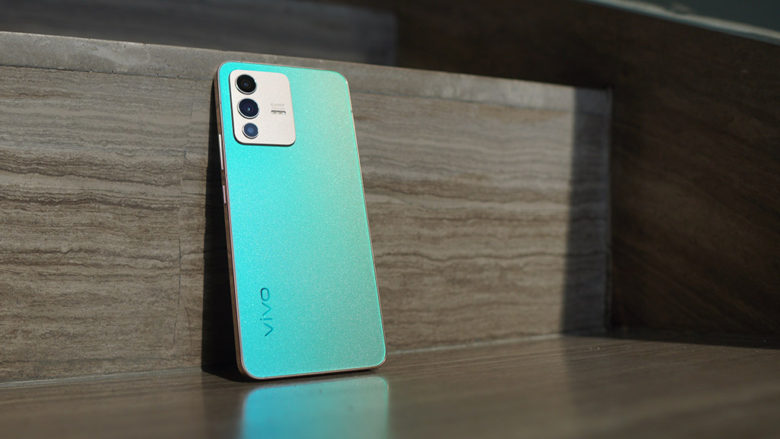



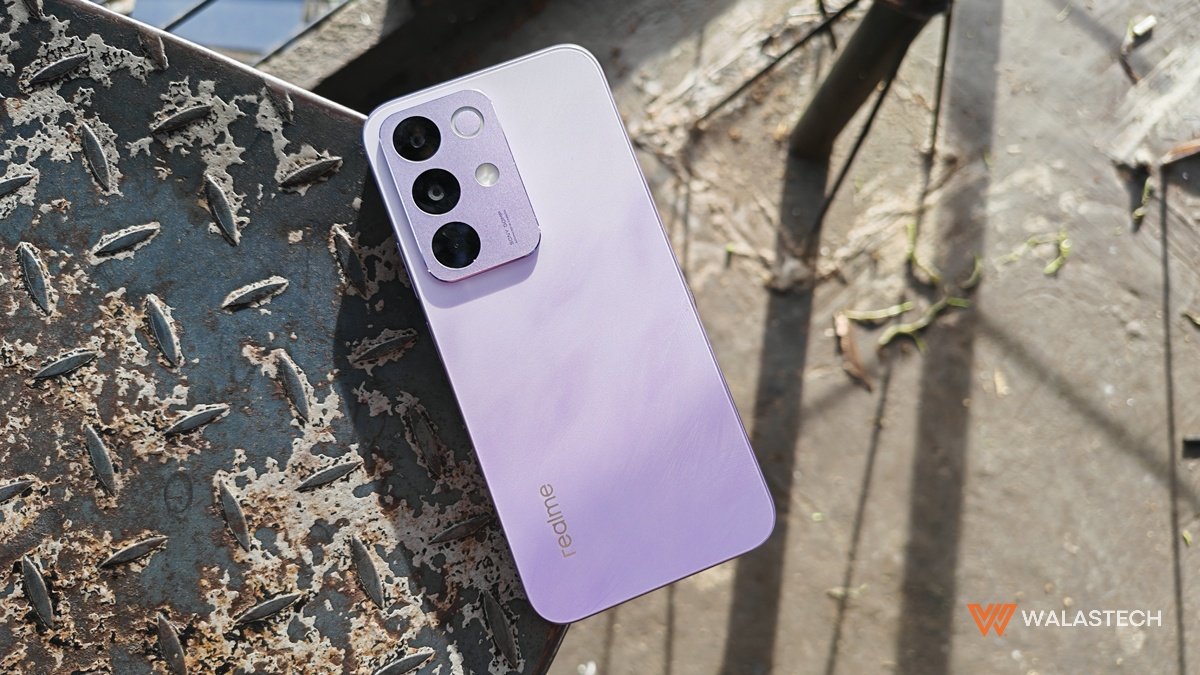


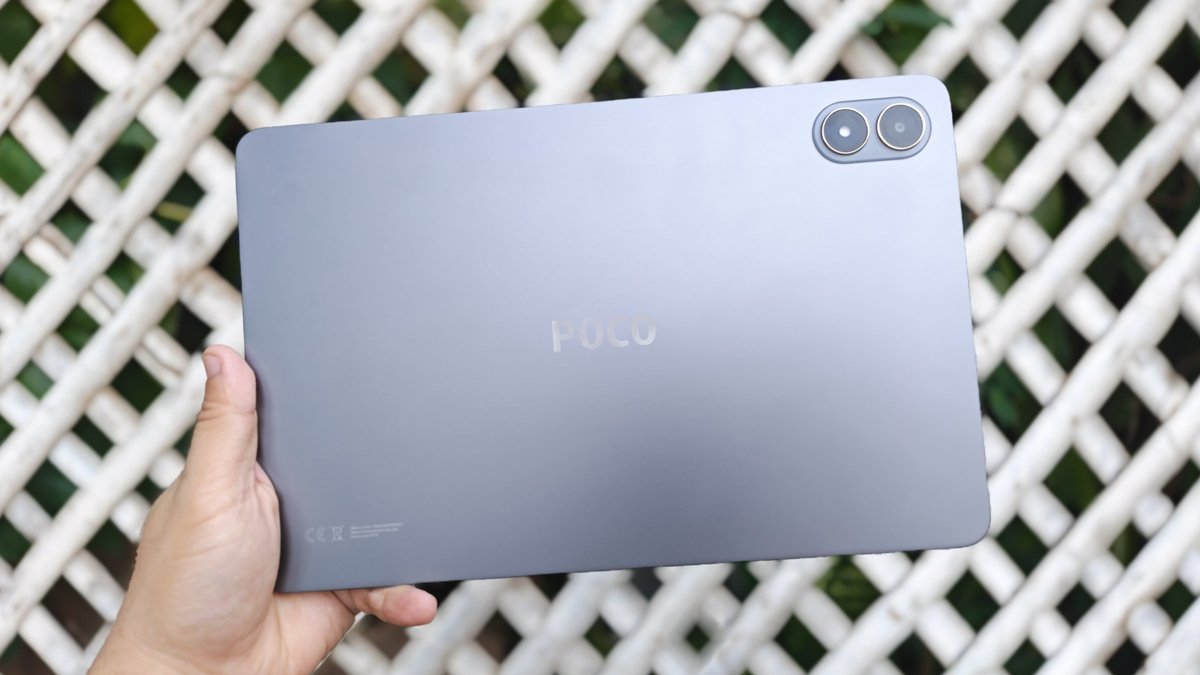
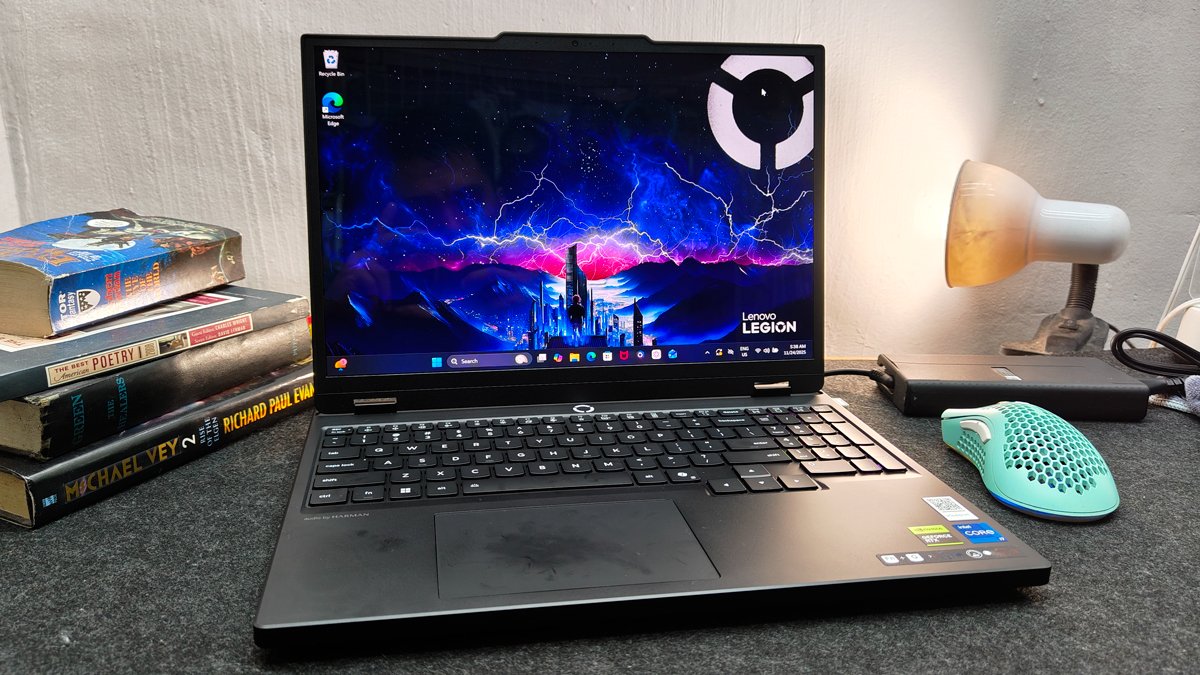
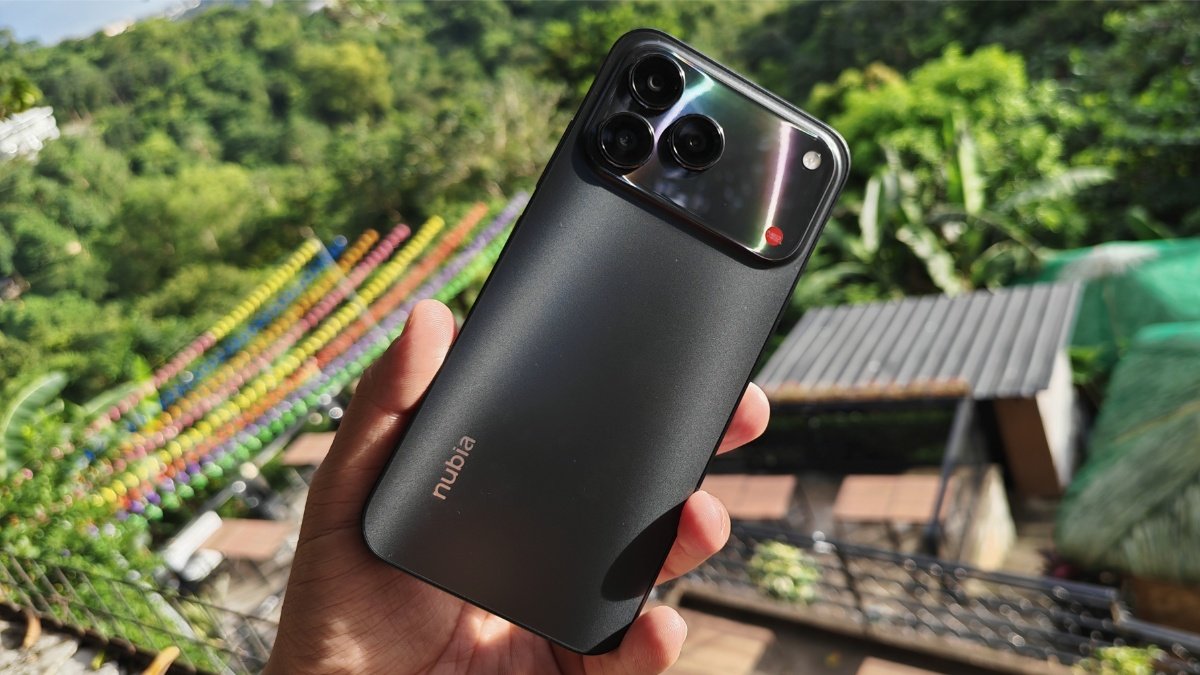
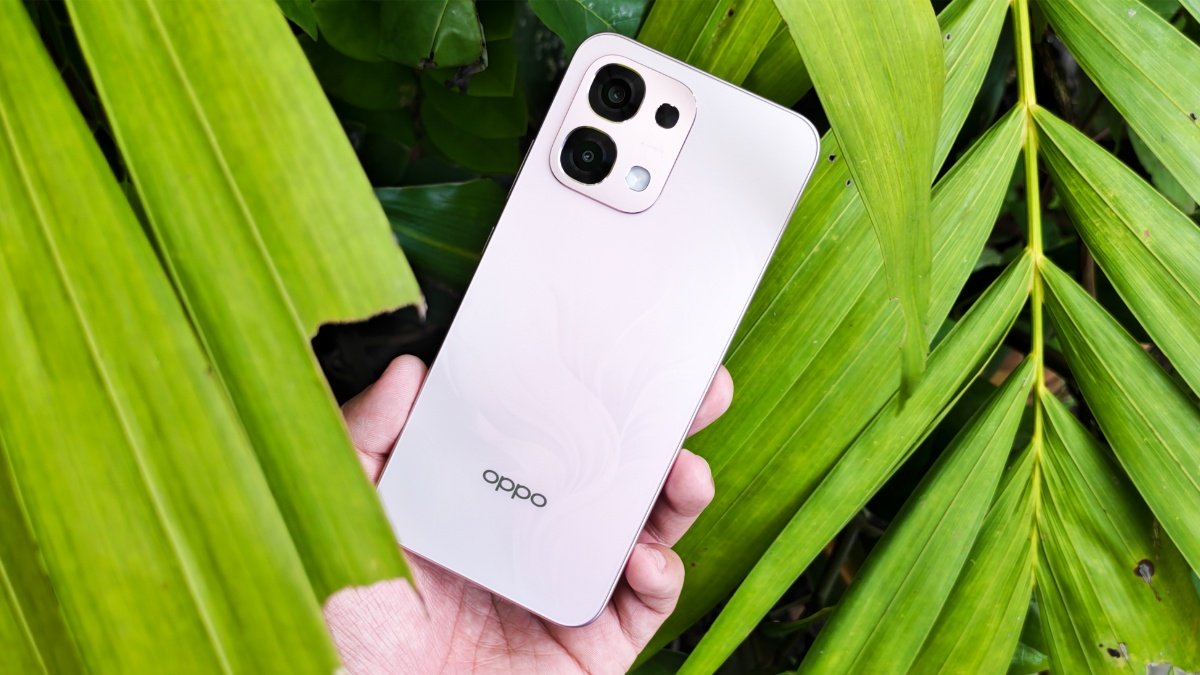
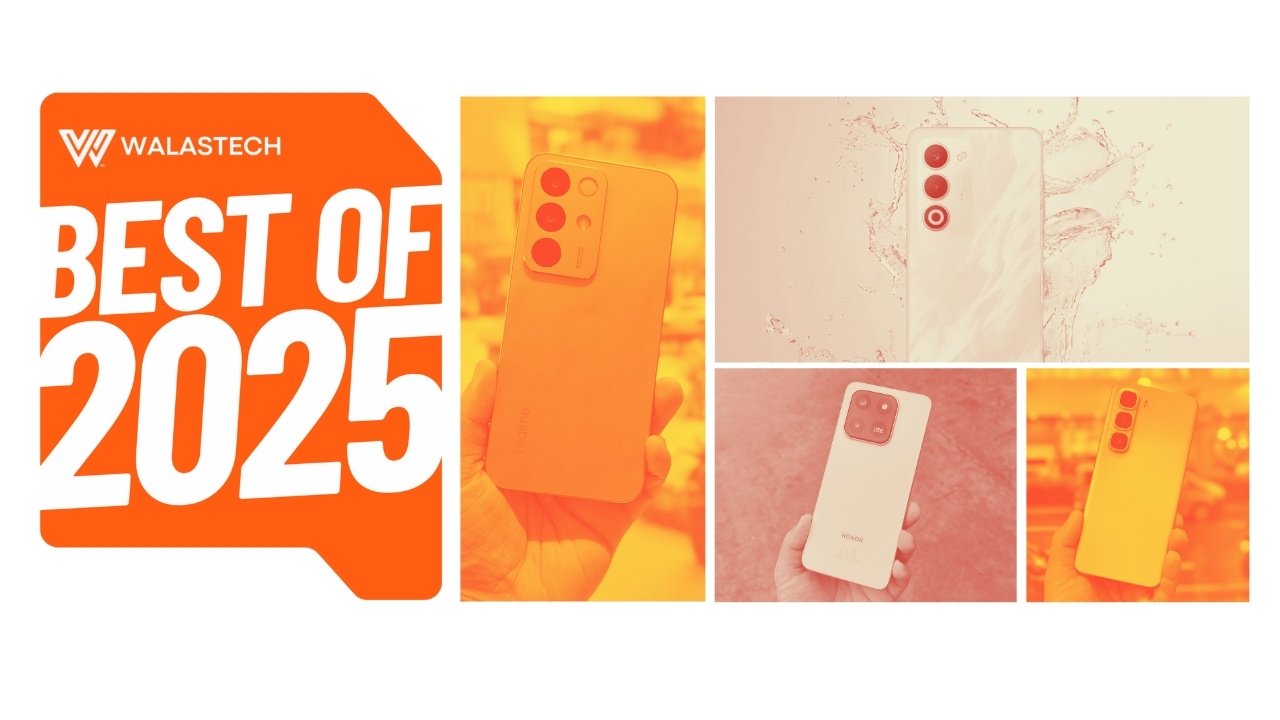
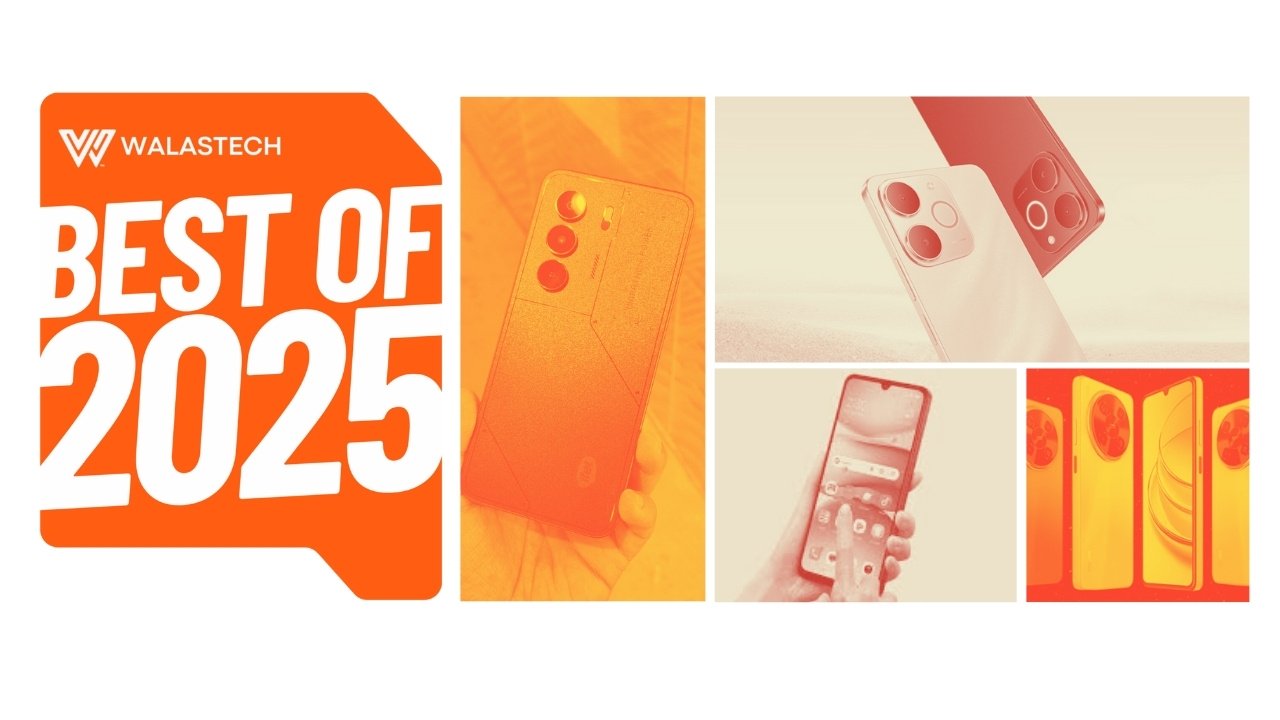


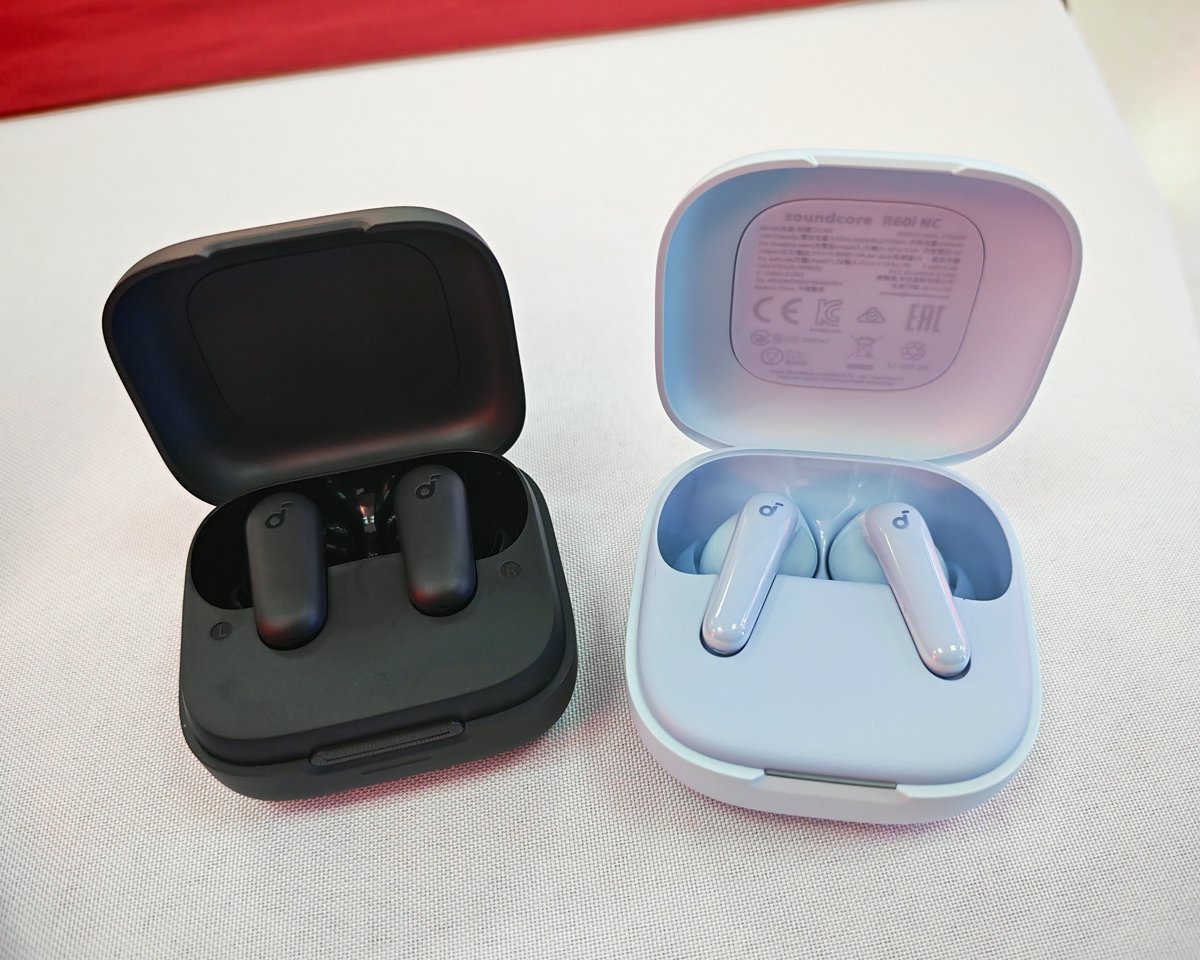


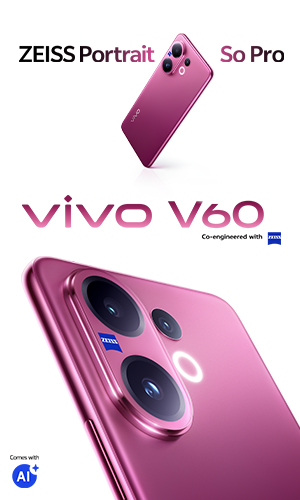


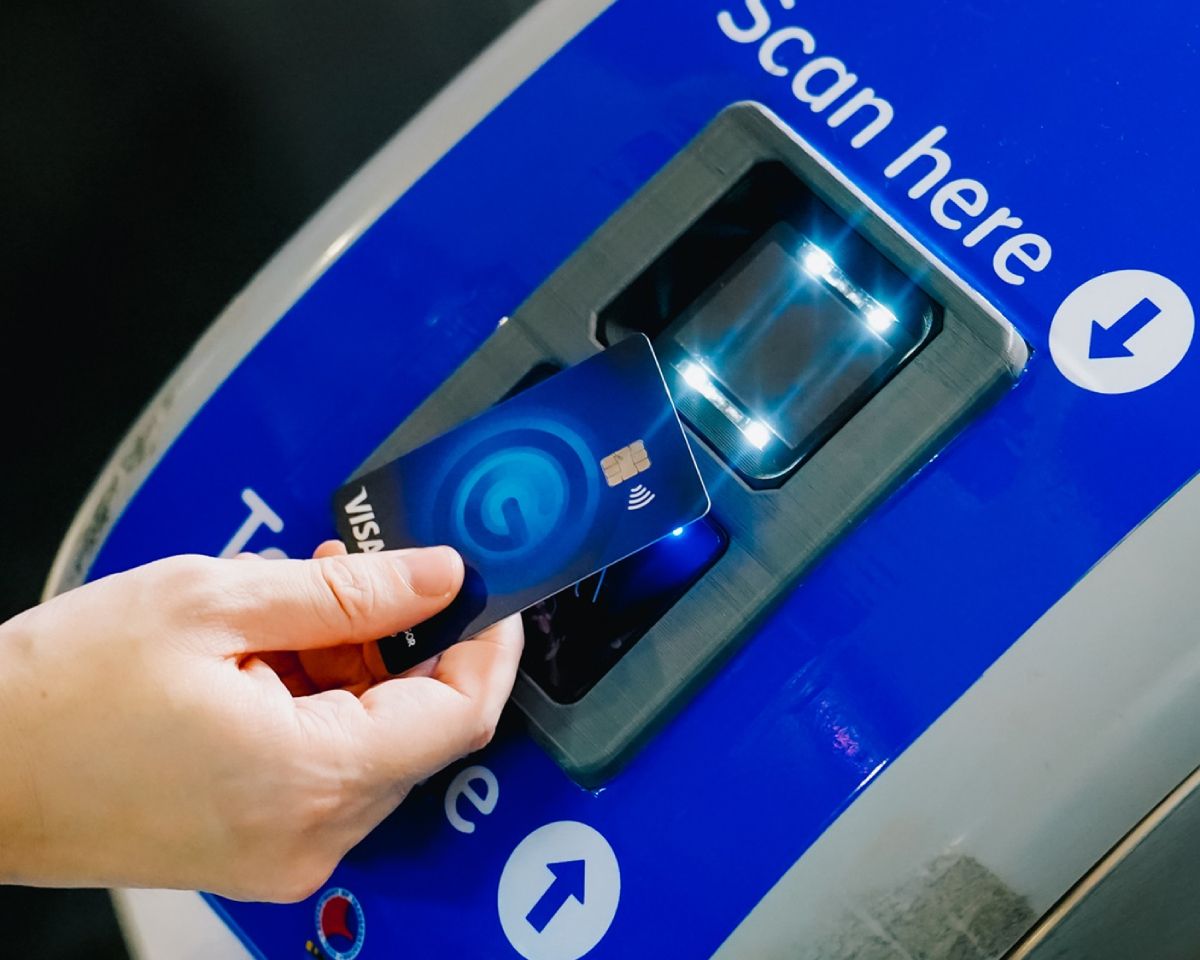
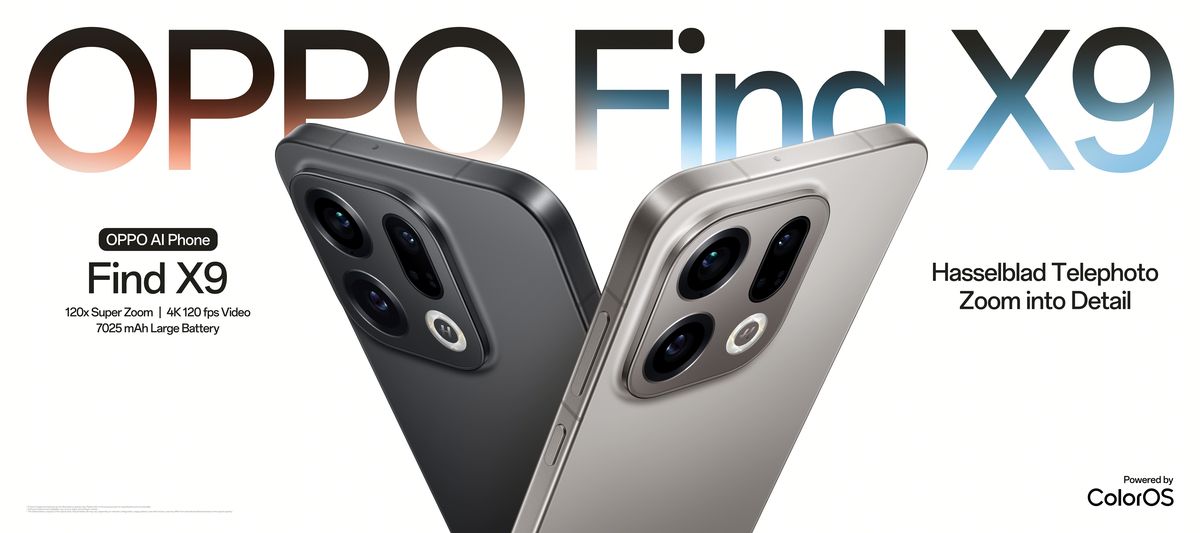

1 Comment